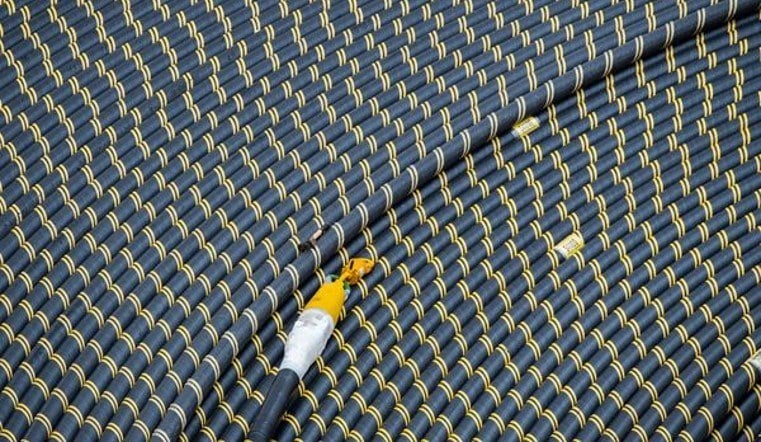Battery energy storage systems (BESS) from several companies have proven their worth when supporting Britain through recent interconnection disruptions.
BESS helped restore the power system after the NSL interconnector, which links Britain and Norway, suddenly stopped exporting power to the UK at around 8.47am yesterday (October 8).
Norway’s power exports plummeted from 1.4 GW to zero, with the frequency on the network dropping to 49.59 Hz in two seconds – well below the National Energy System Operator’s (NESO) operational limits of 49.8 – 50.2 Hz. However, the system recovered within two minutes thanks to fast-acting frequency services, especially BESS operations.
Roger Hollies, CTO at Arenko Group, posted on LinkedIn that 1.5 GW of batteries in NESO’s network were able to inject power into the grid during the disruption, including 12 batteries on Arenko’s Nimbus platform. According to BESSAnalytics.com, Arenko is the optimizer for approximately 333 MW of BESS assets in the UK.
In his post, Hollies noted how this rapid response to network disruption proved the usefulness and potential of BESS, noting: “It’s exciting to see batteries casually keeping the lights on while delivering diversity of activities to maximize revenue.”
Meanwhile, Kraken, an offshoot of Octopus Energy, also saw BESS resources optimized through its platform put into action to rebalance the grid during the Norwegian interconnector failure. In another LinkedIn post, Charlotte Johnson, global director of markets at Kraken, stated that BESS operations contracted for frequency services delivered a response of more than 450 MW; this volume corresponds to approximately one-third of the volume lost during interconnector failure.
In a comment to Solar energy portal, Johnson said: “While it is not uncommon for interconnectors to fail, major disruptions to the interconnectors can have an immediate negative impact on the network. Lithium-ion BESS are the only tools that can solve this problem due to their fast-response nature and their ability to serve two important purposes; firstly, their quick response, and secondly, the backup actions that take place after a few minutes.
Statkraft stabilizes after the failure of the Irish interconnector
In an unrelated incident, the Moyle interconnector failed while transporting 442 MW of power from Britain to Ireland on September 30.
As Statkraft explained in a post on their website, systems on both sides of the interconnector could be activated in a split second to stabilize the UK and Irish electricity grids. When the Irish grid frequency dropped to almost 49.7 Hz, the 26MW Kelwin Battery project in County Kerry, Ireland – owned by Statkraft – began exporting power within seconds, while the Scottish Greener Grid Park began importing additional power to keep the networks in balance. .
Jason Hill, chief electrical engineer for network services at Statkraft, said: “This event was a real-life example of how Statkraft’s innovative projects in Britain and Ireland play a vital role in keeping the networks stable on both sides of the Irish Sea. , preventing disruption of supply to consumers. As we move towards a carbon-free electricity network we need a whole systems approach, with technologies like these forming an essential part of the infrastructure.”
A version of this article was first published on our sister site, Current±. You can read it here.


